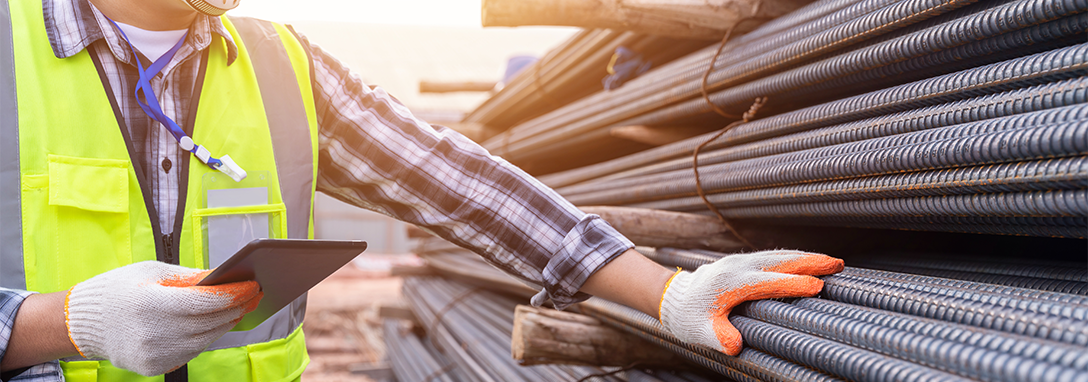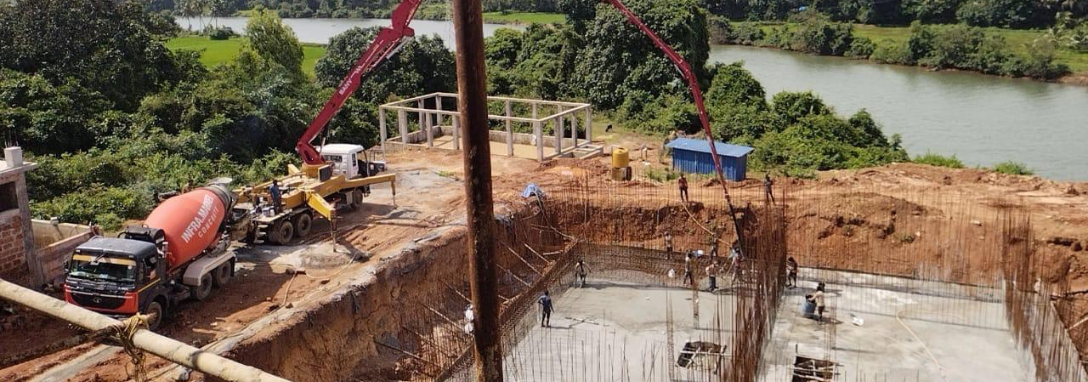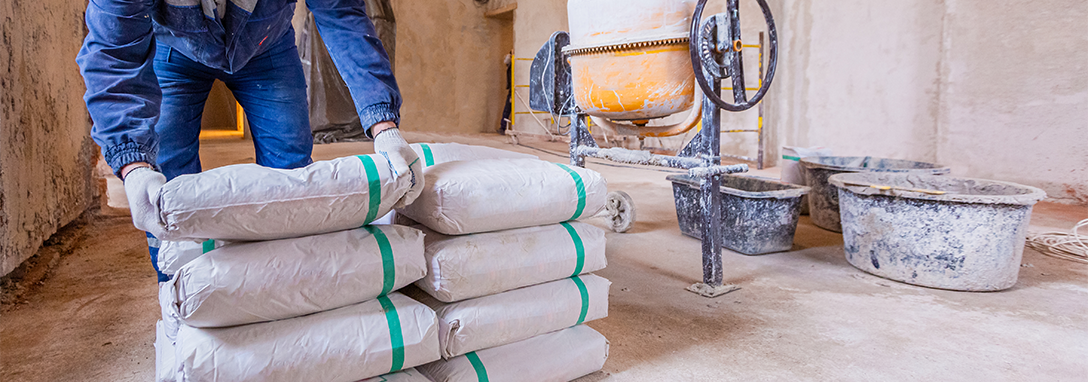How Ready-Mix Concrete Helps Reduce Carbon Emissions in Construction
Introduction
The construction industry is a major contributor to global carbon emissions, making sustainability a key concern for real estate developers, civil engineers, and project managers. One effective solution is the use of ready-mix concrete (RMC), which significantly reduces environmental impact compared to traditional on-site mixing methods. A Ready-Mix Concrete (RMC) plant in Nande can help optimize material use, reduce waste, and lower emissions during transportation and production. In this article, we explore how RMC is made, its benefits in reducing carbon emissions, and the best ways to use it for sustainable construction.
How Ready-Mix Concrete is Made?
1. Raw Material Selection
RMC is produced using a precise blend of raw materials, including:
- Cement (Ordinary Portland Cement or blended cements)
- Aggregates (fine sand, gravel, or crushed stone)
- Water (clean and potable)
- Admixtures (to improve workability, strength, or curing time)
2. Mixing Process in RMC Plants
A Ready-Mix Concrete (RMC) plant in Nande follows a streamlined process to ensure quality and consistency:
- Batching: Raw materials are accurately measured using computerized systems.
- Mixing: Ingredients are blended in high-capacity mixers for uniformity.
- Quality Control: Samples are evaluated to ensure strength, durability, and workability.
- Transport: The fresh mix is loaded into transit mixers and delivered to the construction site.
3. Reducing Carbon Footprint in RMC Production
- Optimized Material Use: Precise batching reduces cement waste and lowers carbon emissions.
- Energy Efficiency: Modern RMC plants use automated systems to minimize energy consumption.
- Waste Reduction: Unlike traditional methods, excess concrete can be recycled and reused.
How to Use Ready Mix Concrete?
1. Site Preparation
- Ensure a stable foundation to prevent settlement or cracks.
- Plan for efficient pouring routes to reduce delays and waste.
2. Ordering and Transport
- Work with a trusted Ready-Mix Concrete (RMC) plant in Nande to get high-quality material.
- Schedule deliveries just in time to maintain freshness and prevent material loss.
3. Placement and Curing
- Use formwork and reinforcement for structural integrity.
- Employ proper vibration techniques to remove air pockets.
- Follow correct curing practices (e.g., moisture retention) to enhance durability.
4. Post-Construction Sustainability
- Recycle excess concrete for future projects.
- Implement green building techniques to complement RMC’s low-carbon benefits.
The Impact of Ready-Mix Concrete on Carbon Emissions
1. Reduced Cement Wastage
Cement production is a major source of CO₂ emissions. RMC minimizes cement overuse by providing precisely mixed batches, significantly lowering environmental impact.
2. Lower Transportation Emissions
Since RMC is mixed at a centralized plant, the need for multiple small deliveries of raw materials is reduced, cutting down on fuel consumption and emissions.
3. Energy Efficiency in Mixing
Modern RMC plants in Nande use energy-efficient batching and mixing techniques, reducing electricity and fuel consumption compared to on-site mixing.
4. Improved Construction Speed
Faster application means fewer machine hours, leading to lower carbon emissions from construction equipment.
5. Enhanced Durability and Longevity
RMC structures have a longer lifespan, reducing the need for repairs and reconstruction, which further cuts down on resource consumption and emissions.
Frequently Asked Questions (FAQs)
Q1. How does RMC help in reducing construction waste?
A: RMC is pre-mixed in precise quantities, reducing material wastage that occurs with on-site mixing. Additionally, leftover concrete can be recycled for other uses.
Q2. What are the advantages of using a Ready-Mix Concrete (RMC) plant in Nande?
A: An RMC plant in Nande offers:
- Consistent quality control
- Reduced labor costs
- Faster project completion
- Lower carbon footprint
Q3. Is RMC more sustainable than traditional concrete mixing?
A: Yes, RMC minimizes material wastage, energy consumption, and transportation emissions, making it a greener choice for construction projects.
Q4. How can project managers ensure sustainability with RMC?
A:
- Order from local RMC plants to reduce transportation emissions.
- Follow best practices in curing to maximize durability.
- Use recycled aggregates where possible.
Q5. Can RMC be customized for specific projects?
A: Yes, RMC can be tailored with different strength grades, admixtures, and curing times to meet the specific needs of construction projects.
Conclusion
A Ready-Mix Concrete (RMC) plant in Nande plays a crucial role in reducing carbon emissions in the construction sector. By optimizing material use, minimizing waste, and enhancing energy efficiency, RMC contributes to sustainable building practices. Real estate developers, civil engineers, and project managers can leverage RMC to create eco-friendly, high-quality structures while meeting environmental goals. For your next project, choose ready-mix concrete to ensure efficiency, durability, and a reduced carbon footprint.
Looking for sustainable construction solutions? Contact a trusted Ready-Mix Concrete (RMC) plant in Nande today!



